Yes.. this it a little bit of a read in this post… but the place we visited posed some interesting cultural questions which needs a few more words than my usual.
Unlike Antarctica, here in Greenland the land is dusted with the remains of previous cultures. Much of this history is yet to be determined and understood though; and at best – scholarly endeavors are perhaps a considered guess.
Hadleigh – our tour operator, is fascinated by the archaeology and history of this area, and tried to generate interest with the government of Denmark to investigate further the remains of previous cultures which scatter the landscape. Hadleigh was not successful though, and the stories of those who once lived in this extreme environment may perhaps melt into the rocky ground over time.
There are still however some traces of Inuit culture threaded into modern life in towns in Greenland. We visited a small community called Ittorqqortoormiit.
Ittoqqortoormiit is located on Liverpool Land near the mouth of the northern shore of the Kangertittivaq fjord in Scoresby Sund.
On the afternoon prior to our visit we watched a video on the life of those living in Greenland communities in 2013. I wished I hadn’t viewed it actually. It painted a very gloomy scenario of the current situation within these communities, and I suspect sculpted for me a preconception of the town we were to visit.
How does one survive totally from the land in a traditional way – from the earth and sea in accordance with the seasons; in our modern world today? How does one eat traditional food of whale, seal and Polar bear when there are quotas – and yet now hunting with rifles, motor boats and quad bikes replace traditional methods? How does one pay for mobile phones; Internet connection and television; when there are few job opportunities to earn money in these small communities?
The movie we viewed was a documentary which showed how the closing of small unsustainable fish factories has forced the abandonment of many communities and the only way in which these people who live here can stay in the place in which they were born and have a connection with the earth – is to develop tourism; to create their community into a fishbowl…. where interested voyeurs provide currency for food, alcohol, mobile phones, shelter, vehicles and the ability to remain in the land in which they were born.
An advertisement was placed in each community paying people to perform certain tasks of ‘their choice’. People were paid to perform certain cultural activities for tourists; dressing up in ‘national clothing’; feeding working dogs; providing muskox meat to taste; perform knitting demonstrations. Tour companies paid a certain amount to the community to ‘entertain the tourists’ and this money was distributed according to the tasks the members of the community performed.
We were greeted by 3 primary school children; who with their smiles, handed out maps of their town. Only one of the girls spoke English. She studied in Denmark for 2 years. She was the confident one of our greeting party.
I was a reluctant participant in this entertainment. I felt uncomfortable being in a group of voyeurs whose numbers equated to 25% of the community’s population. I have visited many countries and viewed their culture – but never like this. The dilution factor of tourist to endemic population seemed disproportionate. I felt uneasy.
We were given a photographic task ; which was to tell a story in 5-7 images of our experience in Ittorqqortoormiit. I struggled. I didn’t want to reinforce what I saw the previous day on the video…but somehow what was documented seemed accurate.
I wanted to shift my perspective – but I found it really challenging; and I found myself watching all the other members of my own tribe… the ones in yellow parkas awkwardly meandering across the sloping hill ….with their own cameras documenting their own stories – so I photographed that…as well as a general overview of the residences to illustrate the general scene.
I wished I had with me some photographs of our children on my iPhone. I found that communicating through gesture with other women about family and children was the common thread which opened some form of communion. I started a conversation by gesturing babies; and pride gleamed from the women’s faces about the number of children they had – and quickly a family album held in a folder on a mobile phone was enthusiastically shared. We as mothers held each other in a surprising type of kinship, and speaking about our children seemed to be a universal language.
I enjoyed the museum at Ittorqqortoormiit immensely. After carefully climbing a wooden ladder with well-worn rungs into a loft; I was intrigued by some black and white photographs – some printed using a photocopier; many of which were pinned or taped to the walls. It was a fascinating documentary of the life of a peoples who were living from the land and yet the influence of Christianity was for me uncomfortably evident.
Hunting was clearly evident to be a culturally significant event and raised some questions for me. There was once a time where every part of an animal killed on a hunt was used to eat; for clothing or shelter; and shared within the community… and in the same manner today the bones, teeth or skin from whale, narwhal, walrus are used in jewellery, gloves and accessories sold in the two stores in the town; but are prohibited from being brought into other countries – to preserve the populations of endangered animals. Therefore there is now little ability to use all of the resource from an animal killed within quota. Just one of the complicated dilemmas in this dichotomy between subsistence living and merging into a modern world.
I have included in this post a small gallery some photographs from Ittorqqortoormiit. Click here to view the gallery.
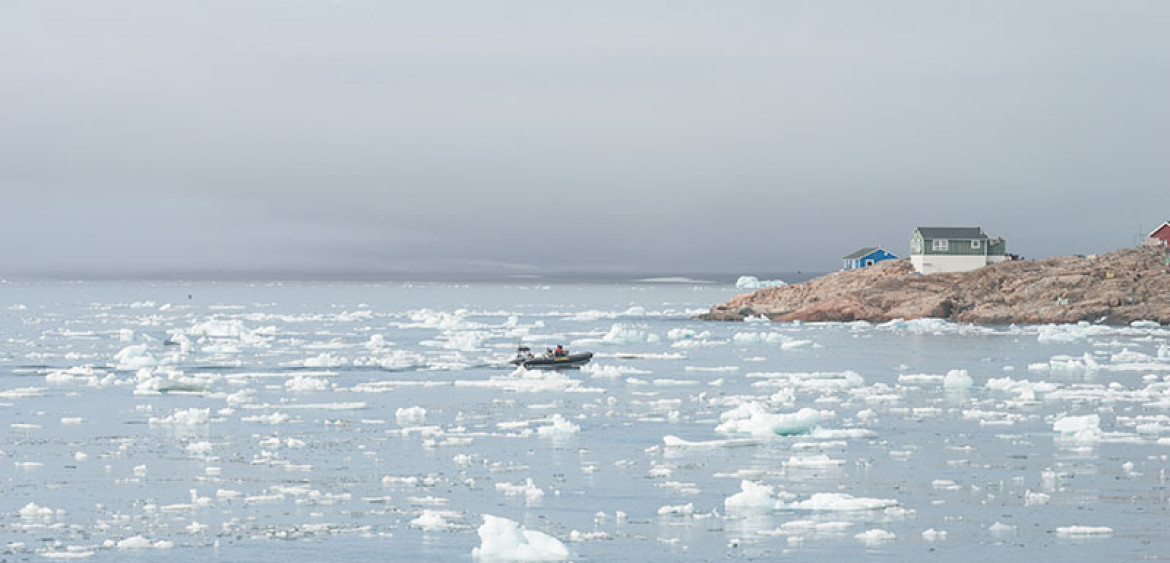

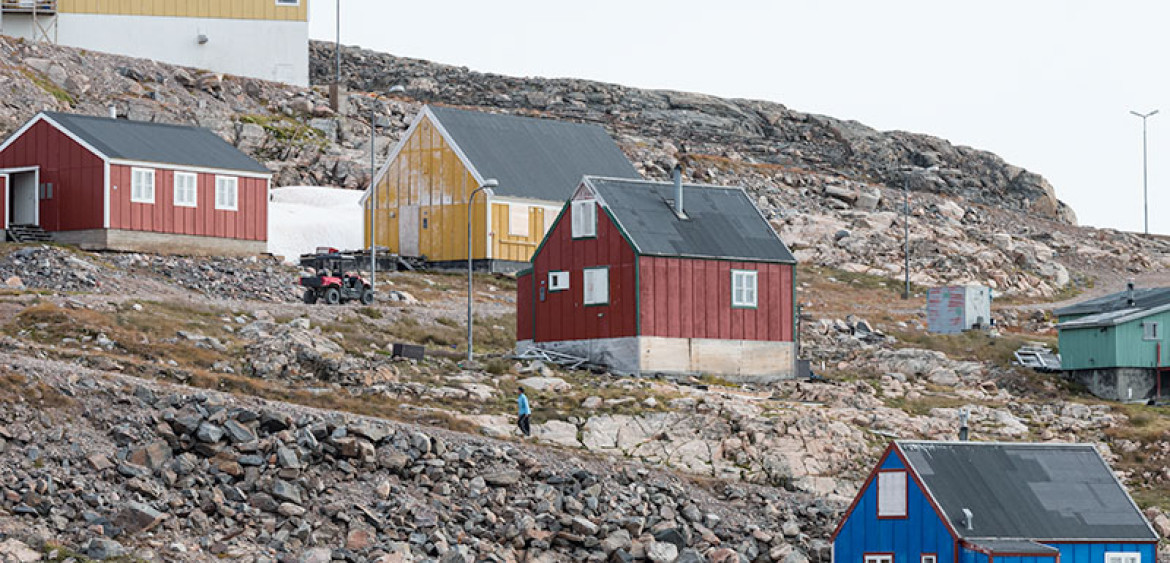
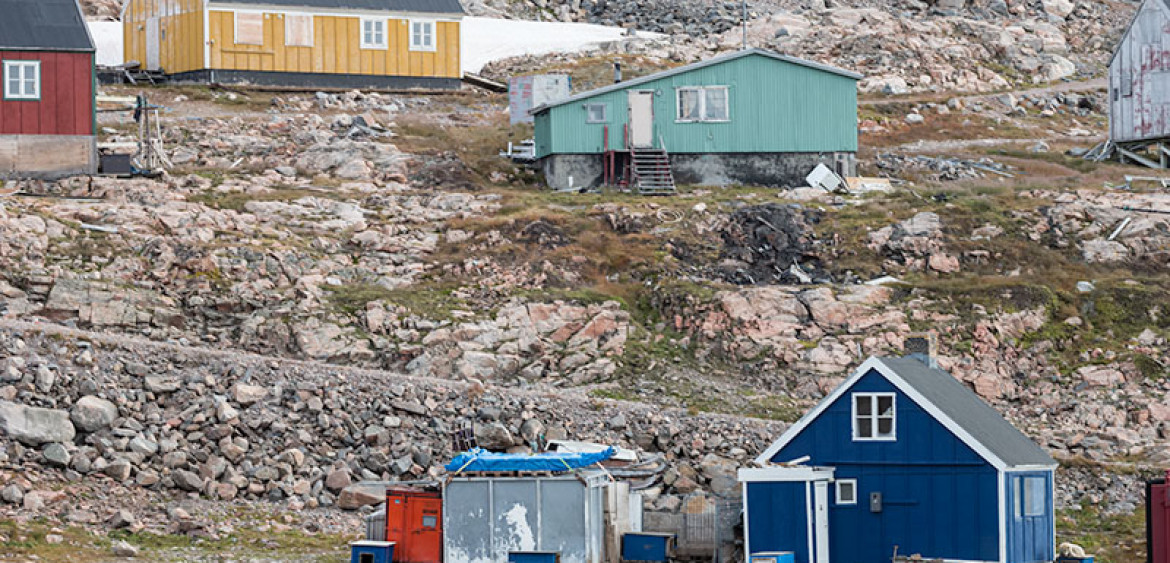
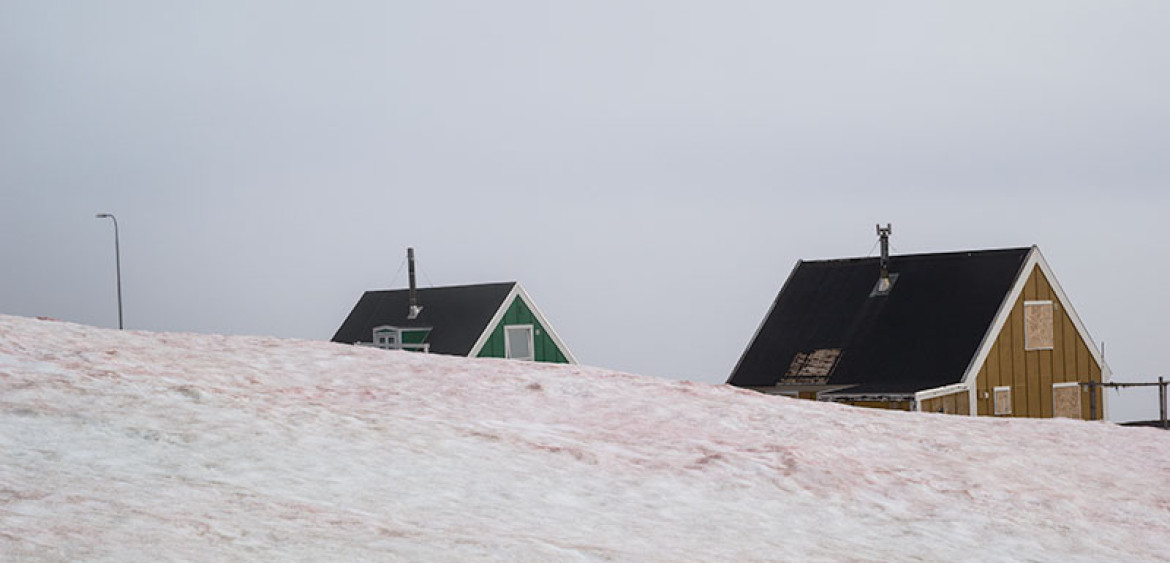
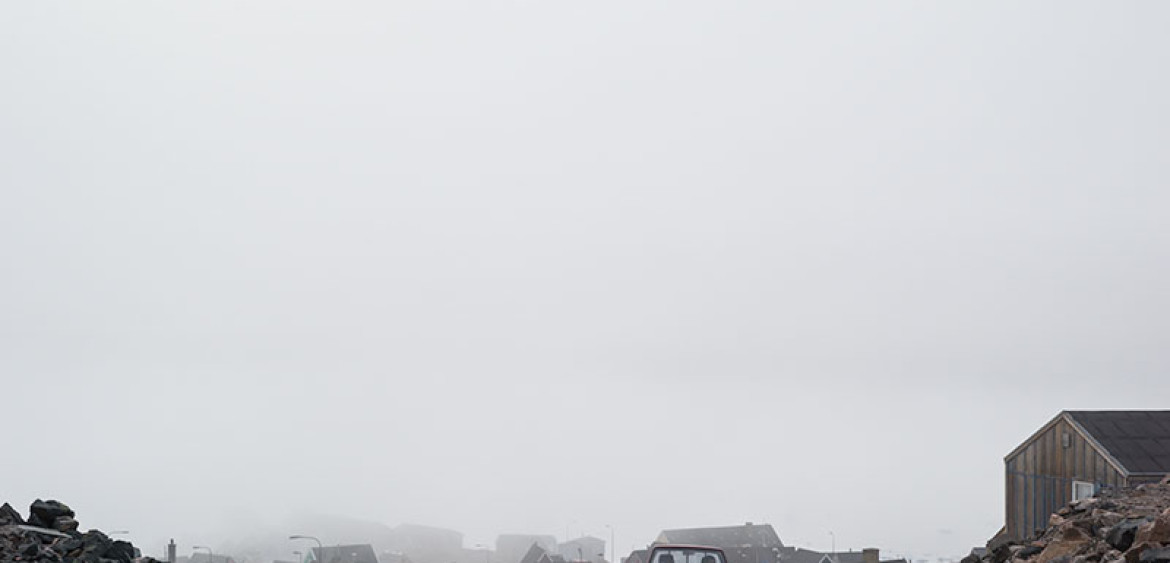
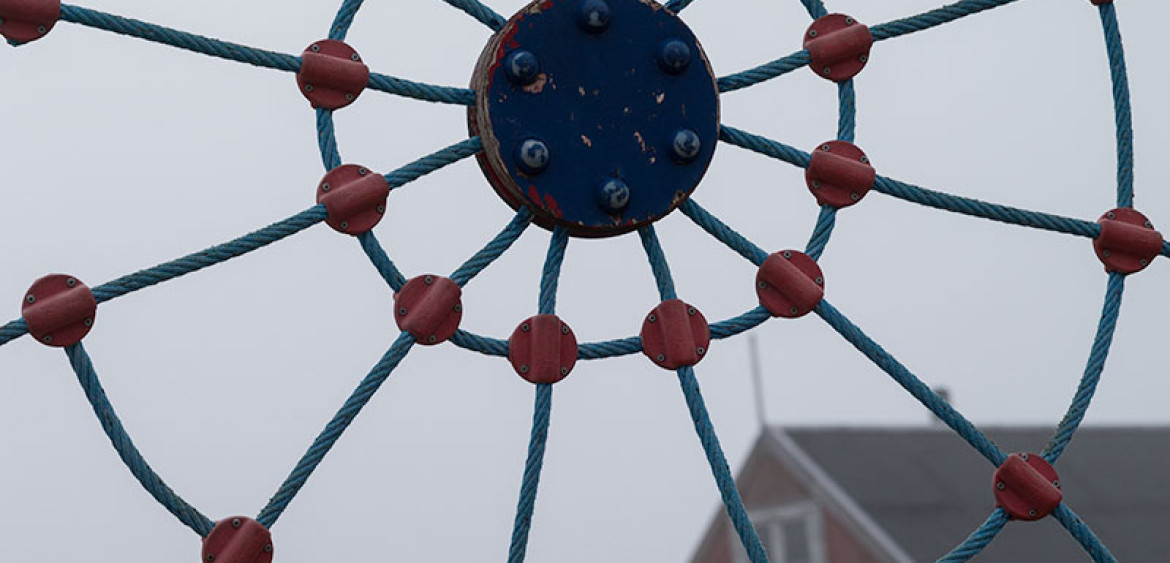
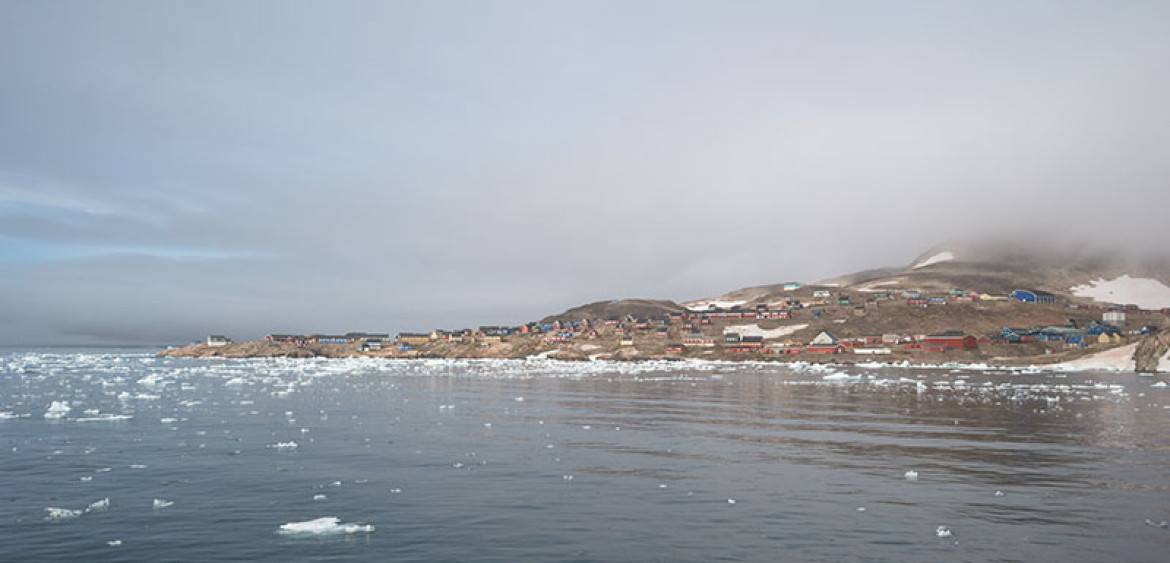
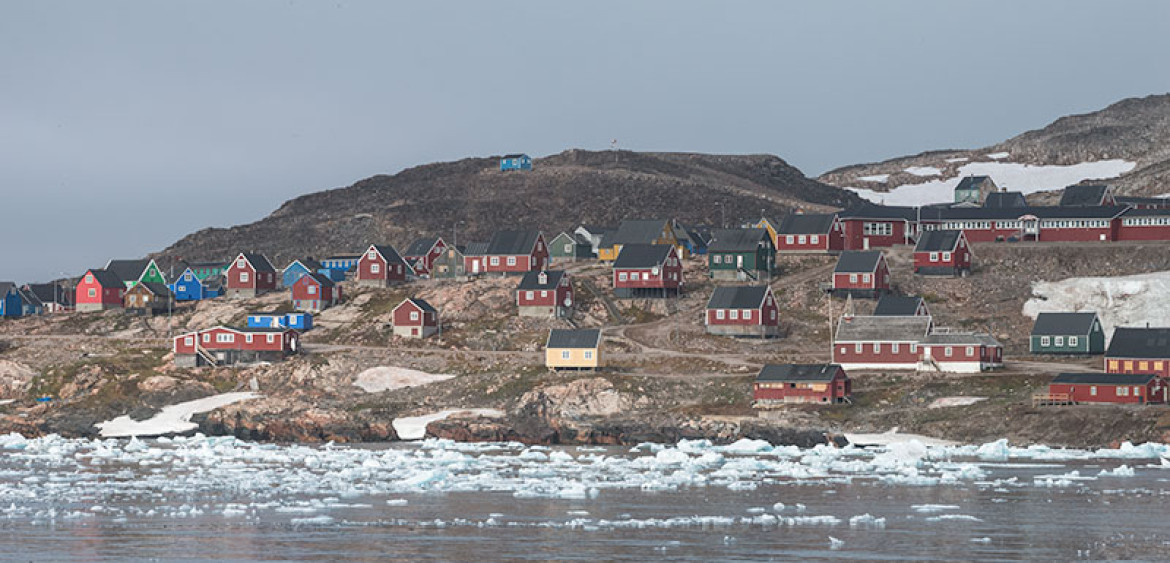
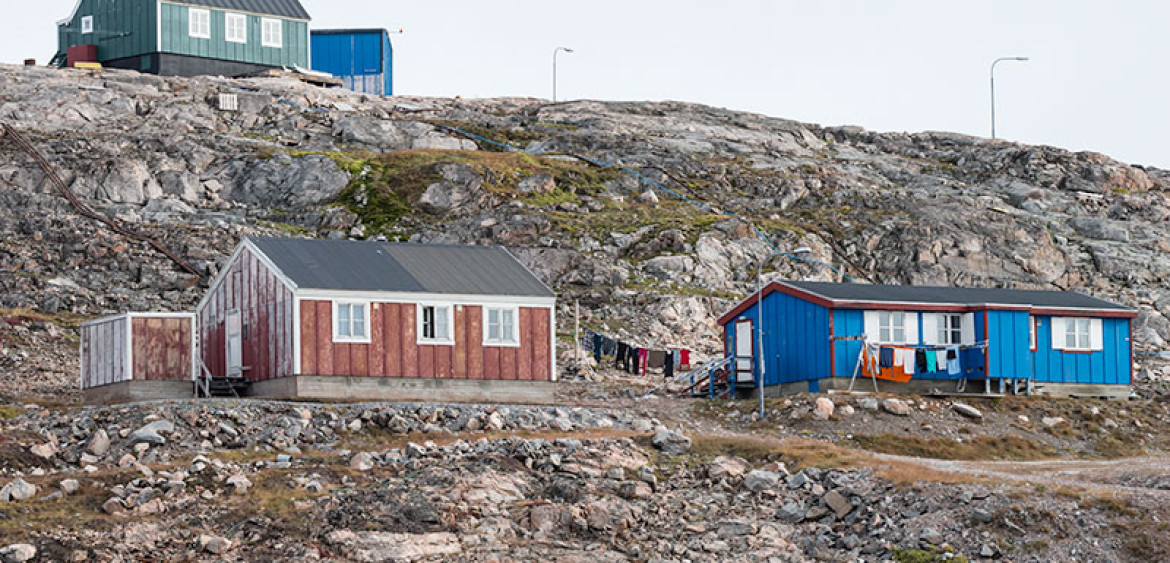
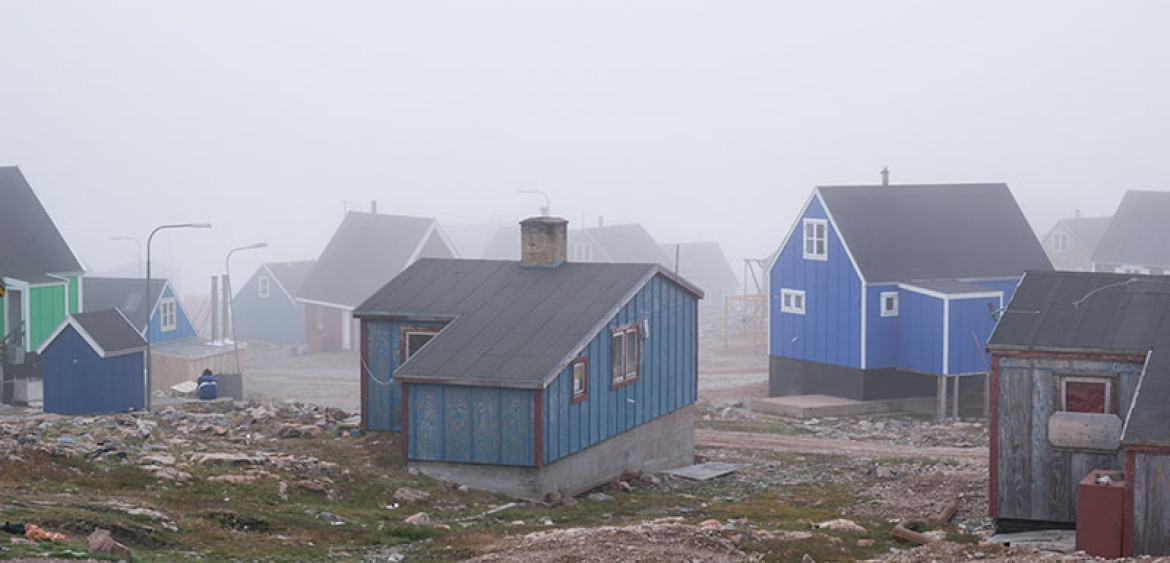

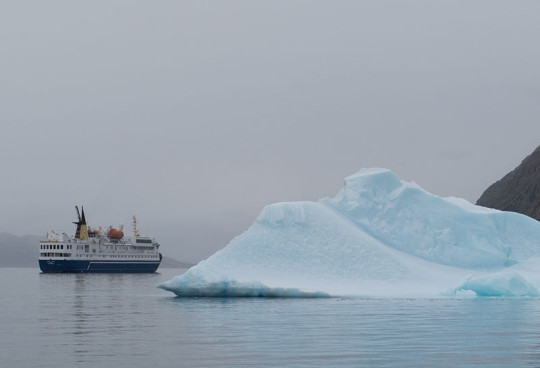
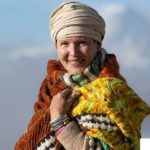
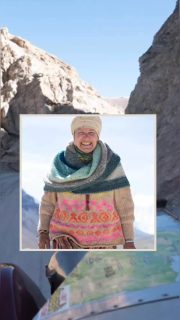
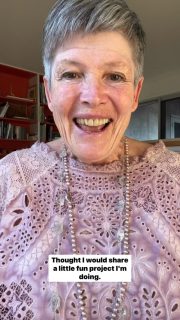
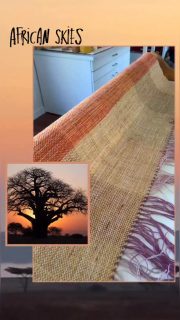
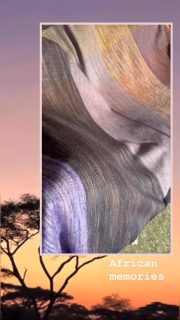
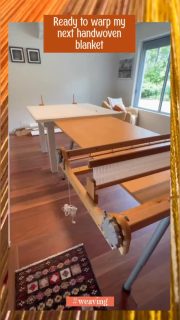
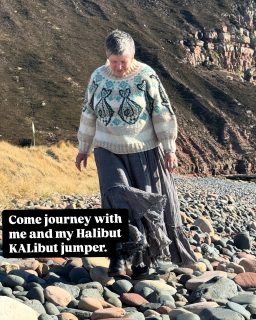
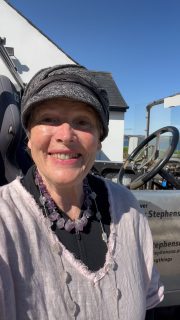
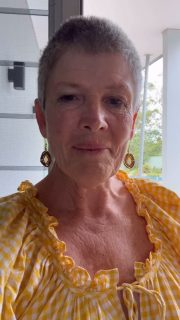


















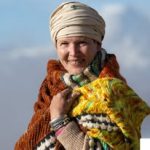

















Sorry, the comment form is closed at this time.